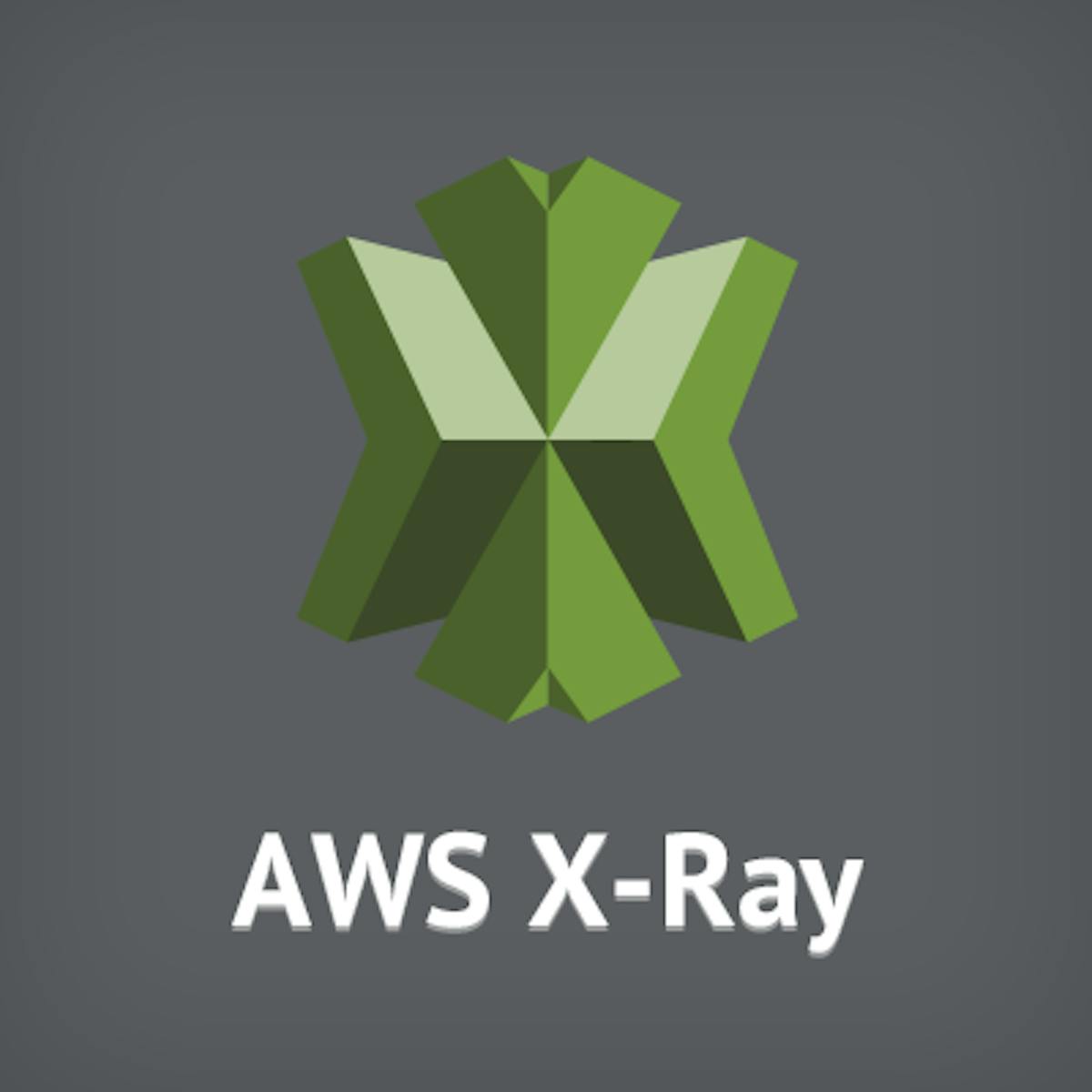AWS observability refers to the ability to monitor, troubleshoot, and understand the performance of applications and infrastructure on the Amazon Web Services (AWS) platform. It is a key aspect of running successful and reliable applications in the cloud, as it allows you to identify and resolve issues before they become critical problems.
In other words, AWS monitoring can help you gain insights into the behavior, performance, and health of your system. These insights assist in detecting, investigating, and remediating issues faster; they’re also used to react while anticipating problems proactively.
There are several tools and services available within AWS that can help you achieve observability of your applications and infrastructure. These include:
Amazon CloudWatch: This is a monitoring service that provides visibility into the health and performance of your applications, as well as the underlying infrastructure. You can use CloudWatch to collect and track metrics, set alarms, and respond to changes in your environment.
AWS X-Ray: This is a distributed tracing service that allows you to see the interactions between the various components of your application, helping you to identify and troubleshoot issues more quickly.
AWS CloudTrail: This is a service that provides a record of API calls made to your AWS account, allowing you to track changes to your resources and troubleshoot issues.
AWS Config: This is a service that provides a record of the configuration of your AWS resources, helping you to understand how your resources are set up and detect changes that could impact the performance of your applications.
In addition to these native AWS tools, there are also a number of third-party tools and services that can help you achieve observability of your AWS environment. These include log management and analysis tools, application performance monitoring (APM) tools and network monitoring tools.
Benefits of AWS Observability
AWS services and functions enable modern organizations to scale and expand more quickly while maintaining flexibility. With AWS Observability you get the following benefits:
- Improved application performance: By monitoring various metrics and logs, you can identify performance issues and fix them before they affect your users.
- Enhanced visibility: AWS Observability provides a single view of your entire application and infrastructure, making it easier to understand how everything is working together.
- Reduced downtime: By proactively monitoring your systems, you can identify and fix issues before they cause downtime or disrupt service.
- Cost savings: By identifying and fixing issues early on, you can reduce the number of resources needed to run your applications and infrastructure, leading to cost savings.
- Improved security: By monitoring and analyzing logs, you can identify security breaches and take steps to prevent them.
- Better customer experience: By ensuring that your applications are running smoothly and efficiently, you can improve the overall customer experience.
Active AWS Observability with Apica
Apica’s AWS Observability capabilities give modern organizations more scalability, flexibility, and agility. Some of the key features and perks include:
Collecting Data Centrally
With Apica, data from any source is collected in a single window for easy insight into all AWS services and processes and on-premises and hybrid environments. Additionally, millions of events are clumped together in real-time to provide deeper insights and faster troubleshooting. Moreover, machine learning algorithms continually monitor the behavior between system components to identify abnormalities and potential threats.
Essentially, providing pre-built integration with over a hundred different services, applications, and tools to provide value for money. Thus keeping scale, performance, and reliability in mind while collecting observability data from all services.
Security
Apica’s built-in gathering of security events and cloud security solutions allow businesses to enhance their security posture, identify risks, and analyze digital forensics without the complexity or lengthy implementation cycles of other solutions. With Apica, you can save up to 80% on storage costs while maintaining complete protection coverage and real-time monitoring.
Custom Dashboards
Get vivid insights, transparency, and visibility into your operations with custom-built dashboards and alert windows.
Stream AWS CloudWatch logs to Apica
Apica connects to various data sources to aggregate your logs and present them in one pane, regardless of the service provider. You may easily stream your AWS CloudWatch events into Apica, allowing you to keep track of all of the things you’re monitoring with Apica. You can also visualize and analyze real-time AWS CloudWatch logs for insights into their efficiency and security.
Bottomline
Overall, achieving observability of your AWS environment is crucial for the success and reliability of your applications. By using the tools and services available within AWS, as well as third-party solutions, you can gain a deep understanding of the health and performance of your applications and infrastructure, and take proactive steps to identify and resolve issues before they impact your users.
You can rest assured knowing that you have comprehensive insight into your AWS environment once you’ve implemented Active observability.
With Apica’s simple volume-based pricing model, you can get all the features at the rate of just $99 per month per 10 GB of data volume per day. Even metrics are metered by data volume saving you lots more. You’ll be up and running in no time, with all the visibility you need to ensure a successful AWS deployment.















